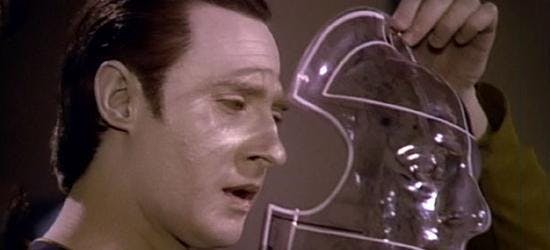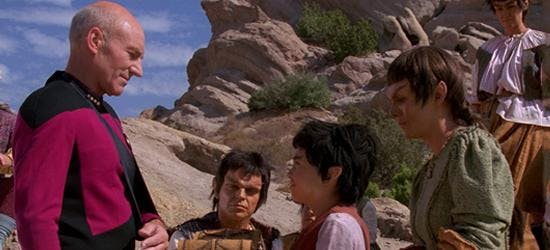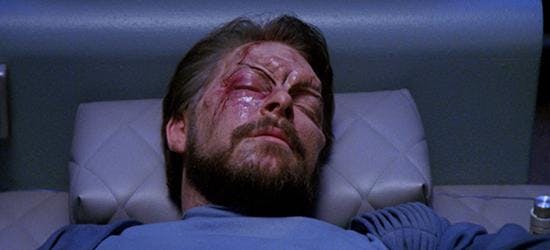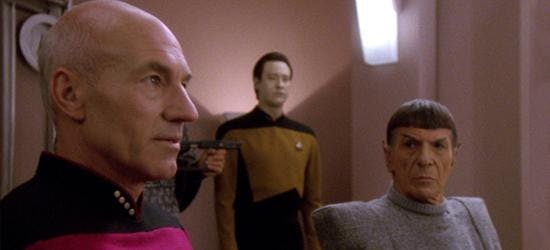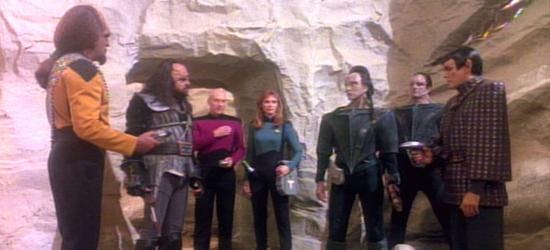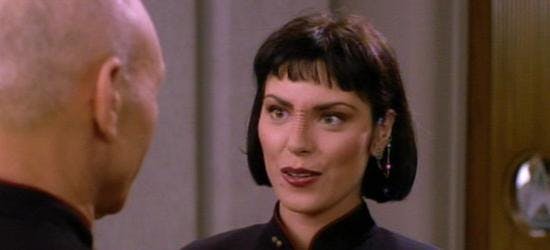Published Jul 30, 2015
An Enterprising Approach to TNG
An Enterprising Approach to TNG
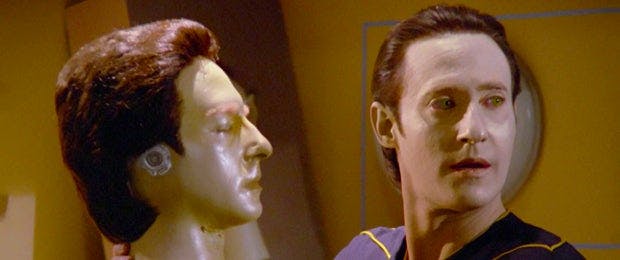
When Star Trek: The Next Generation premiered in 1987, episodic storytelling was the norm. Get in, tell your story and get out. Next week, move on to the next (unrelated) mission. It works, but perspectives on this have changed significantly over the years. When Enterprise warped into its final season, it brought with it a form of storytelling rarely seen in Star Trek: the three-episode mini-arc.This was an approach that straddled the line between the episodic television of old and the full-blown serialization of today. It seemed groundbreaking for Star Trek in 2004, but a decade earlier Deep Space Nine opened its second season with such an approach. The Circle Trilogy set the tone for what DS9 would become, with breathing room to tell a story that was simply too big for the traditional format. It worked beautifully, but was never revisited until the NX-01 entered the Borderland.What if this approach had been used on TNG? Let’s look at one episode per season that could have benefited from a larger canvas, and how these stories might have been told.Season One: “Datalore”
